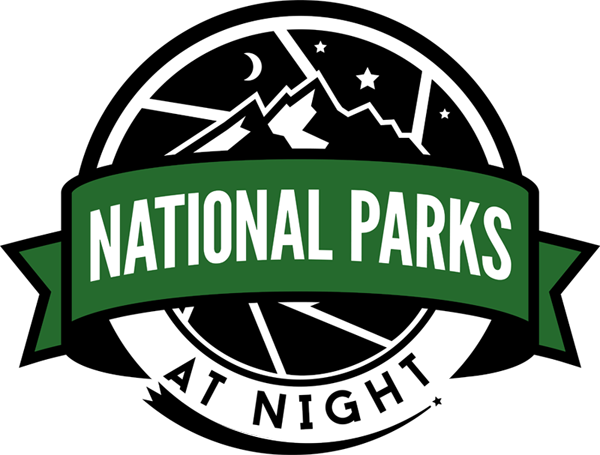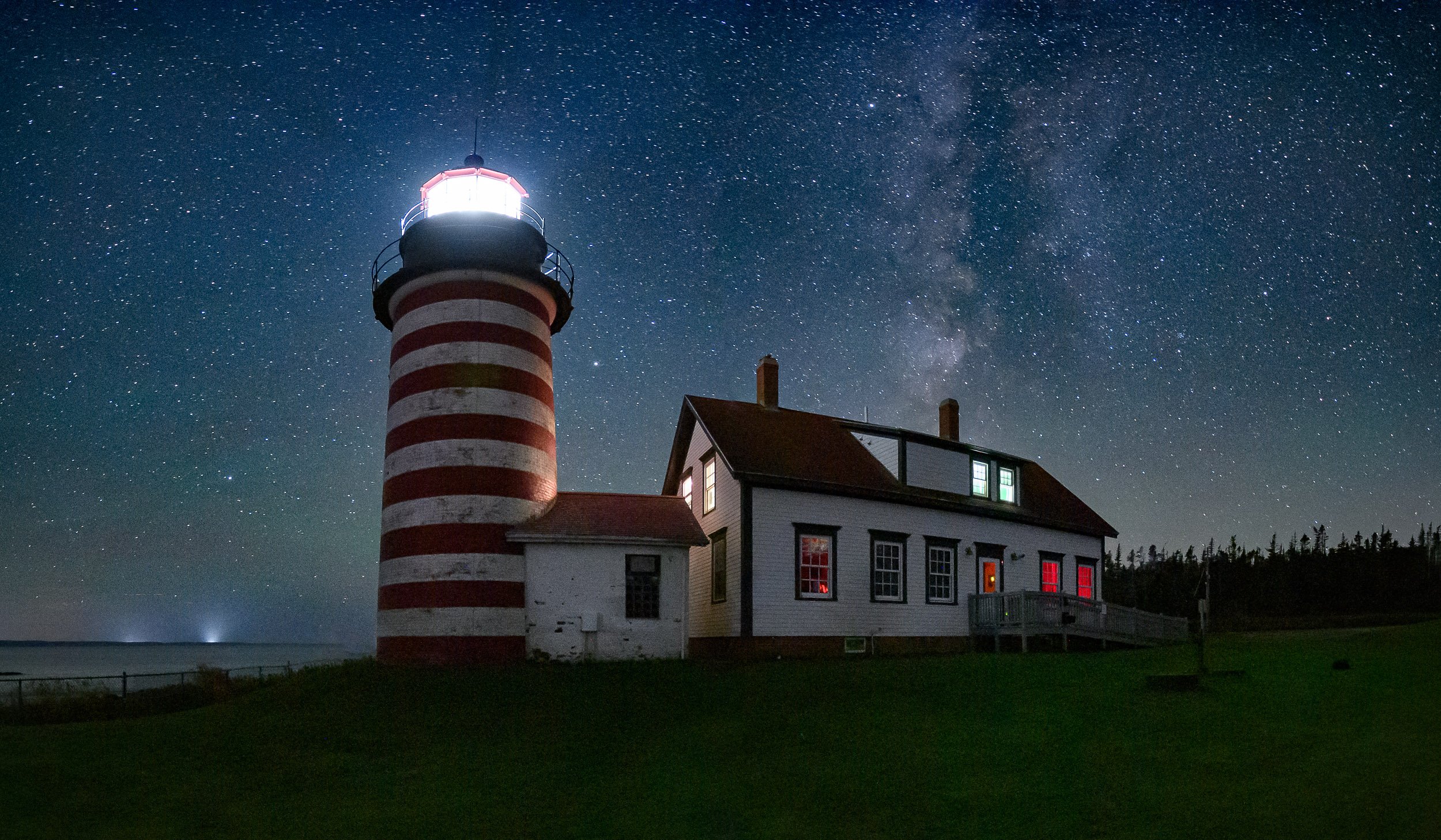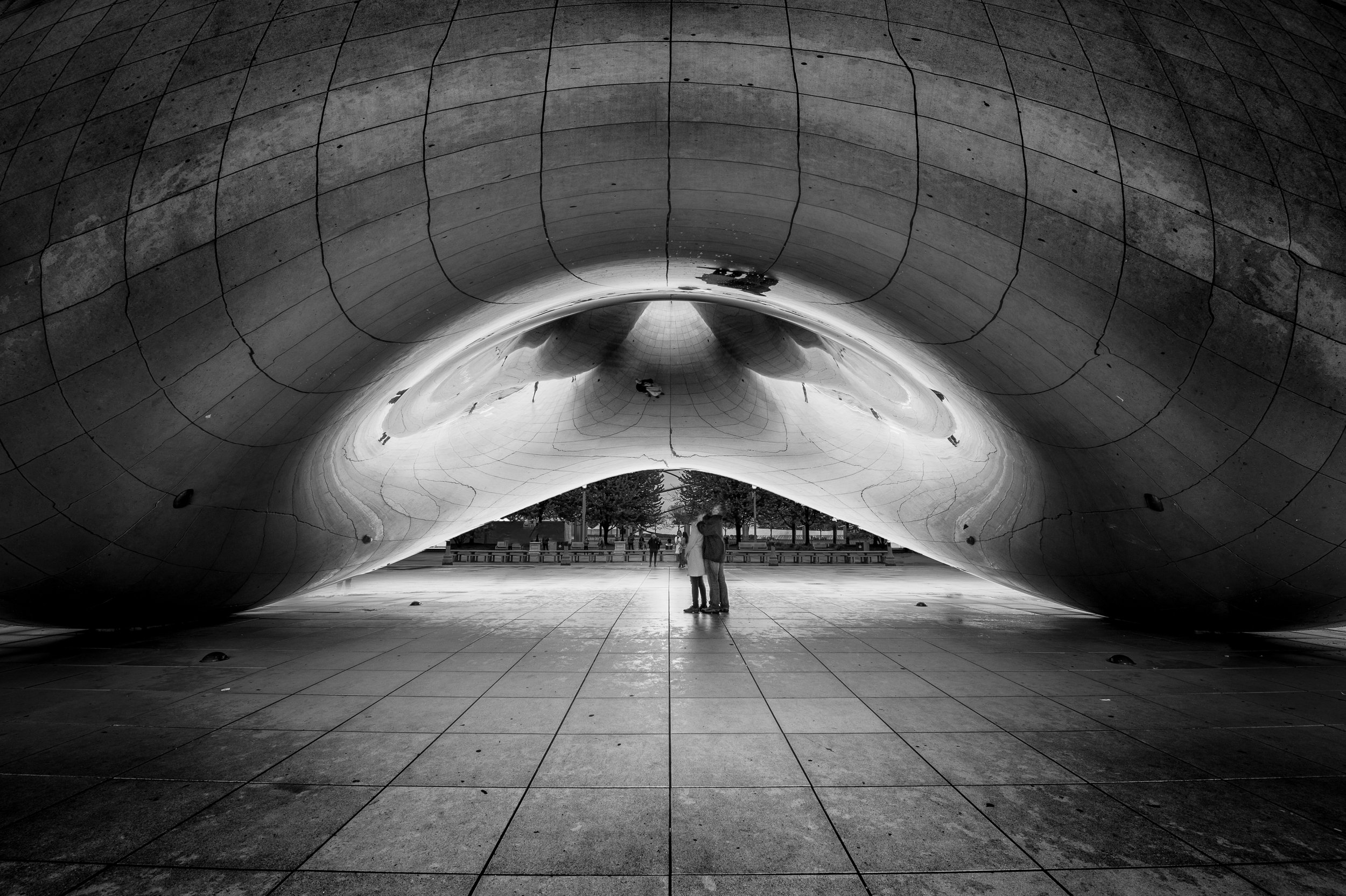A few days ago Matt Hill and I were hosted by the B&H Event Space, one of our very favorite places to present. The people who run the space are fantastic to work with—always warm, welcoming, helpful and professional in every degree imaginable. Moreover, the Event Space attracts an impressive array of audience members—from beginners to expert pastimers to consummate professionals—who come armed with infectious enthusiasm and a passionate curiosity to better their craft.
(Attendees also included a few of our former workshop participants; it’s always great to see and to catch up with them.)
Matt and I demonstrating why we love Coast flashlights above all other options. Photo courtesy of B&H Photo.
It was “A Day of Night at the Event Space,” comprising two presentations, which were livestreamed to a combined audience of over 25,000 viewers (thank you to everyone who tuned in!). Both talks included some of the topics we teach on our workshops, along with over 75 photographs that we’ve made during our adventures under the dark skies of America’s national parks.
We wanted to share what we talked about with you, the readers of our blog.
‘Shooting Stars: How to Photograph Night Skies’
Me talking about starry skies while surrounded by National Parks at Night logos. Photo courtesy of Klaus-Peter Statz.
In the first presentation of the afternoon, I talked about how to get started photographing stars. Some of the topics covered were:
gear
exposure
the 400 Rule
composition
star trails
star stacking
lens condensation during long exposures
software options
and more
You can view the recorded version of the livestream here (jump to 4:56 for the beginning of the presentation):
‘Illuminating the Night: Everything You Want to Know About Light Painting’
Matt and I demonstrating the right and wrong way to paint with light. Photo courtesy of Klaus-Peter Statz.
In the second presentation, Matt and I teamed to talk about one of our favorite topics and one of the favorite techniques on our workshops: light painting! Topics covered were:
building a light painting toolkit
light painting vs. light writing
determining a base exposure
the three kinds of light
direct vs. diffused vs. reflected light
color and color temperature
low-level landscape lighting
and more
You can view the recorded version of the livestream here(jump to 1:20 for the beginning of the presentation):
Come see us!
We hope you enjoy watching these presentations, and that you can take away a nugget or two of knowledge that help as you venture into the night with your cameras.
Between the five of us here at National Parks at Night, we talk pretty regularly at the B&H Event Space, as well as at conferences, trade shows, camera clubs, podcasts, etc. If you’re interested in attending any of the events where we lecture, see our Speaking Engagements page for a schedule of where we’ll be next.
And if you want several days’ worth of this kind of information and instruction, be sure to sign up for any of our upcoming Workshops. ;-)
























